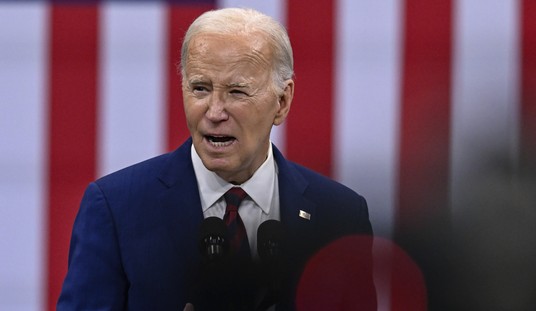- We think the weakness in government employment (down 39,000 in June) will continue as some state and local governments downsize. It is probably good for the outlook. For the private sector, the payroll survey, oriented toward big business, showed a June gain of 57,000 versus an ADP gain of 157,000. Forward-looking indicators of employment are less unfavorable including business profits, June tax receipts, ISM, non-manufacturing ISM and the Monster survey. They point to a second-half upswing.
- The household survey showed a sharp 412,000 jump to 3.1 million in those unemployed for less than 5 weeks. One explanation is that the Japan-dependent supply chain and related orders exhausted themselves in April and May. If this is temporary, jobless claims elevated since April should fall some in July and August.
- Over the last seven months, the establishment survey shows that the economy added 909,000 total jobs while the household survey shows 893,000 total gains. For the private sector, the establishment survey shows 1.1 million jobs and ADP 1.2 million. Recent data has been weaker than earlier data.
- Unemployment rose to 14.1 million and 9.2% in June, up from 13.9M and 9.1% in May. Underemployment rose to 16.2% in June, up 0.3%.
- Long-term unemployed are not finding jobs as readily as those who lost their jobs more recently. There are now 6.3 million workers unemployed for more than 27 weeks (peak was 6.7M in May 2010). The number of unemployed between 15 and 26 weeks stands at 1.8 million, well below the peak of 3.4 million in June 2009.
- Given this dynamic, many longer-term unemployed will receive unemployment benefits through the 99 week limit at which point some will find work and many will drop out of the labor force, reducing the unemployment rate. Roughly 3.6 million long-term unemployed will reach the 99 week limit during 2011, with roughly another million losing federal unemployment benefits in January 2012 assuming federal benefits are discontinued then, creating substantial downward pressure on the unemployment rate partially offset by the overhang in the labor force.
- Even if job growth becomes fast, however, the unemployment rate is likely to stay higher than could be considered “full employment” under the Fed’s dual mandate. This has implications for the conduct of monetary policy and the value of the dollar (which is not taken into consideration in the Fed’s current interpretation of its price stability mandate). The Fed has a mandate to achieve full employment, which will be hard to accomplish given the overhang of unemployment. And in pursuing its price stability mandate, the Fed watches out for red flags in labor inflation which may be delayed well into the expansion because of the overhang of unemployed workers and the normal long lag between dollar weakness and general price inflation.
- In June, average weekly hours worked were down 0.1 to 34.3. The April-June aggregate hours index (which includes hours worked times number of workers) grew at a 3.3% annualized rate. This measure gives a rough indication of real growth and implies a soft patch but not a double dip into recession. We expect 1.8% real growth for the second quarter.
Advertisement

























Join the conversation as a VIP Member